Kemer Marina an Ideal Port of Call for Cruises
Posted by: kirsty_wilson in Europe, tags: Archaeological Site, Beaches, Cruising, Religion, TurkeyTurkey is a vast country. If you were driving along the coast from the tip of the Datca Peninsula to the point east of Adana where the coastline soon heads south on out of Turkey you will have driven over 1200 kms. It is a stunning coastline with warm, crystal blue seas for most of the year, and an equally impressive climate. The spring and autumn are both pleasant while the main weeks of summer and hot and cloudless when a refreshing swim in the sea is ideal to cool off. Suntans are guaranteed but the memories of cruising in a yacht or gulet will remain long after the suntan fades.

The airports of Dalaman and Antalya are geared to handle the huge number of tourists to the area and those flying into Antalya are only an hour from a town that has expanded with the increase in tourists and which has an impressive marina that welcomes boats on a daily basis. Kemer.
Kemer
There was a time when Kemer was certainly best accessed from the sea and sailors will say it is still the case even though there is a modern road linking this expanding town to Antalya to the east. Kemer sits below the mountains that rise as high as 2,200 metres. The setting is as stunning as the coastline itself. A Kemer port cruise offers the chance to sail east or west to visit existing settlements, the ruins of historical cities that date back to the Lycians, in the years before Christ, and the Romans.
Kemer used to be just a small fishing village and the daily catch is still welcomed by restaurants serving typical Turkish cuisine including the freshest fruit and vegetables and by captains who intend to feed passengers on board. There is nothing to stop tourists actually catching their own fish and putting it straight on to the BBQ.
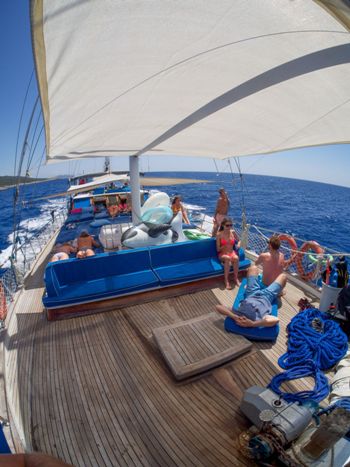
Antalya
The next port of call heading east is the city of Antalya. It has a population of well over a million but that does not mean that it holds no attractions for those wanting a genuine Turkish experience. Antalya’s origins date back to the time when its small harbour was of strategic and trading importance. Kaleici, the Old Town, is still a charming cobbled street district that was important to the Romans. The district is filled with old Ottoman style houses, pensions and shops selling carpets and typical crafts and souvenirs. The Hadrian Gate and impressive wall separate Kaleici from the modern shopping areas of Antalya.
The City was important to the Byzantines subsequently and obviously to the Ottomans whose Empire lasted centuries until finally collapsing completely with the First World War.
An Alaturka Cruise Kemer takes in places such as Antalya but there is the alternative of heading west as well. The road actually heads inland for periods but boats never leave the stunning seas.
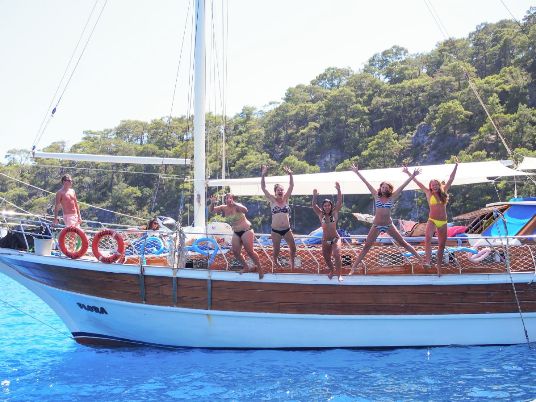
Demre
This modern town is the ancient site of the Lycian City of Myra and the home of the Church of Saint Nicholas, the person the modern world regards as the fictional figure, Santa Claus (don’t tell your children!). It is a delight because even though visitors come to see Saint Nicholas’ tomb, it is never overcrowded. It is a fertile region growing a wide range of produce year round, with pomegranates being one of the popular fruits though the crop is picked late autumn.
The sunken city of Kekova and Simena Castle are two interesting sites to visit, mixing a little history and culture with the simple pleasures of relaxation.
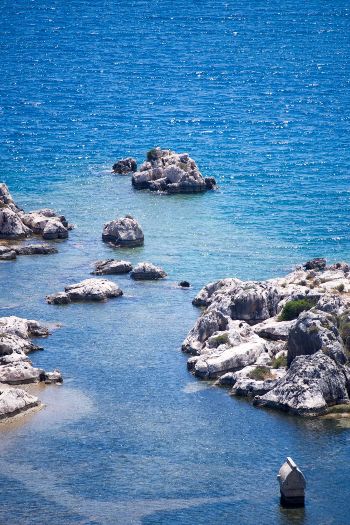
Some people travel to Turkey and select a private villa, apartment or hotel and stay in a single place. Perhaps they do an occasional day trip but the main aim of the holiday is to relax, get a suntan and enjoy good bars and restaurants by night? Sailing the Turquoise Coast deprives no one of any of these pleasures but offers so much more. The sea is just a dive off the boat and a suntan certain. The small towns along any of the available routes mean that an evening at a local restaurant is no problem at all. Think of the extra pleasures sailing provides with the calm waters comfortable for even nervous sailors.

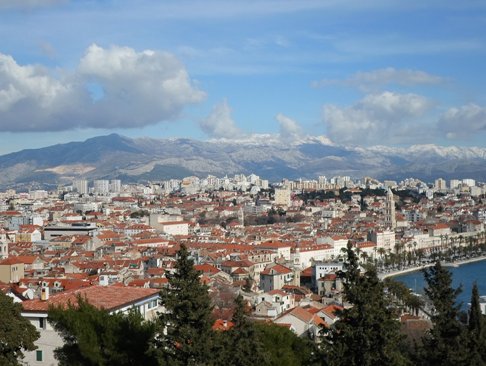
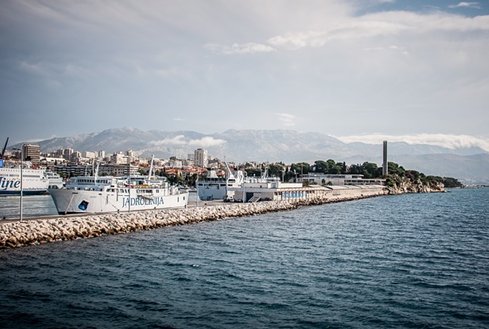
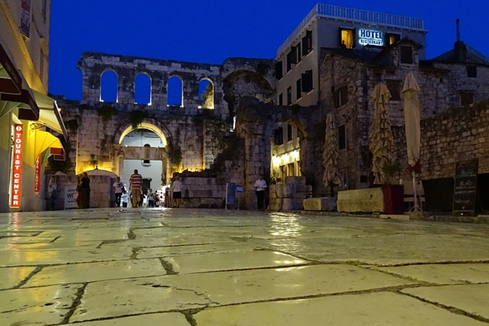
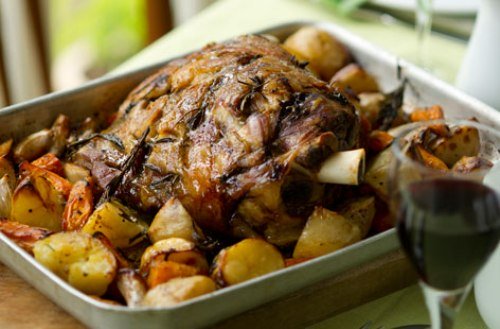
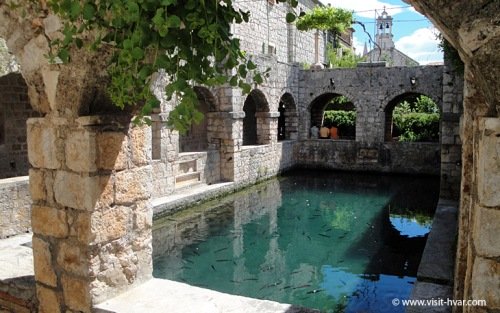
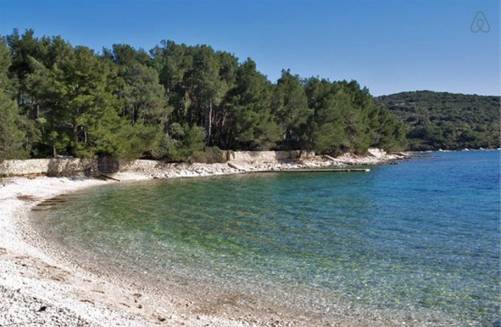
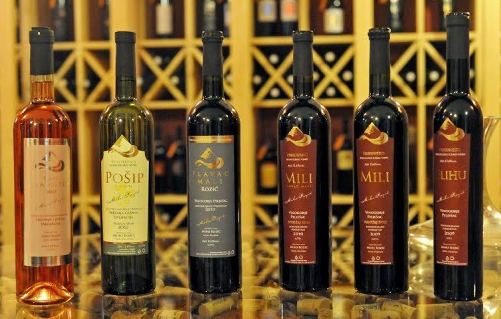
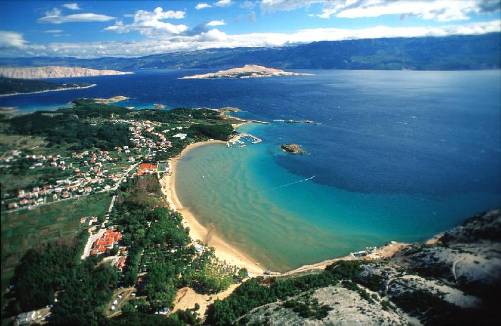
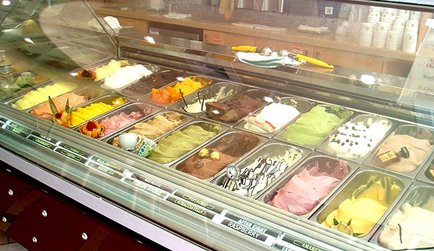
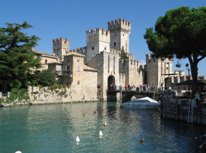 Every trip should include a visit to the town of Sirmione on the southern shore. The town’s moated, 13th century castle “Rocca Scaligera” (try pronouncing that one with Italian flair!) provides fantastic views across the lake, if you have the energy or motivation to make it up to the top. For those in it for the relaxation, a visit to the hot springs, such as
Every trip should include a visit to the town of Sirmione on the southern shore. The town’s moated, 13th century castle “Rocca Scaligera” (try pronouncing that one with Italian flair!) provides fantastic views across the lake, if you have the energy or motivation to make it up to the top. For those in it for the relaxation, a visit to the hot springs, such as 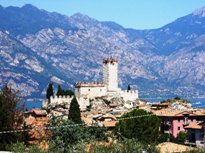 The second town of interest is Malcesine, with the stunning
The second town of interest is Malcesine, with the stunning 
 Entries (RSS)
Entries (RSS)